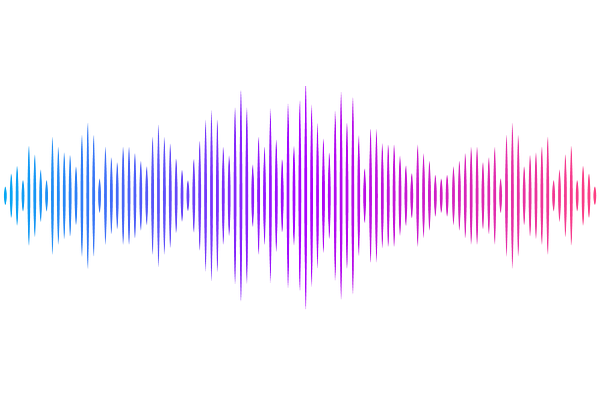Timing and spectral studies of SRGA J144459.2$-$604207 with NICER, Einstein Probe, IXPE, NuSTAR, Insight-HXMT and INTEGRAL during its 2024 outburst

Timing and spectral studies of SRGA J144459.2$-$604207 with NICER, Einstein Probe, IXPE, NuSTAR, Insight-HXMT and INTEGRAL during its 2024 outburst
Zhaosheng Li, Lucien Kuiper, Yuanyue Pan, Renxin Xu, Yong Chen, Mingyu Ge, Yue Huang, Shumei Jia, Xiaobo Li, Liming Song, Jinlu Qu, Shu Zhang, Lian Tao, Hua Feng, Shuang-Nan Zhang, Maurizio Falanga
AbstractSRGA J144459.2$-$604207 is a newly confirmed accreting millisecond X-ray pulsar and type I X-ray burster. We present the broadband X-ray timing and spectral behaviors of SRGA J144459.2$-$604207 during its 2024 outburst. The data were collected from NICER, Einstein Probe, IXPE, Insight-HXMT, NuSTAR and INTEGRAL observations. X-ray pulsations have been detected for the 1.5$-$90 keV energy range throughout the `ON' phase of the outburst from MJD $\sim 60355-60385$. We refined the orbital and spin ephemerides assuming a circular orbit, and found that the pulsar was in a spin-up state during MJD $\sim$ 60361--60377 showing a significant spin-up rate $\dot{\nu}$ of $(3.15\pm 0.36)\times10^{-13}~{\rm Hz~s^{-1}}$. Around MJD $\sim 60377$ a swing was detected in the spin evolution accompanied by significantly enhanced pulsed emission. We studied the pulse profile morphology during the X-ray bursts as observed by Insight-HXMT, IXPE and NuSTAR. During the bursts, pulsations were detected across the 2$-$60 keV with shapes broadly consistent with those observed for the persistent emission. We found, however, that the `burst' pulse profiles exhibit significant phase offsets relative to the pre- and post-burst profiles. These offsets systematically decrease with increasing energy, $\Delta \phi\approx0.15$, 0.11 and 0.02 for IXPE, Insight-HXMT ME and HE in 2$-$8, 5$-$30 and 20$-$60 keV, respectively, and $\Delta \phi\approx0.21$, 0.10 and 0.07 for NuSTAR in 3$-$10, 20$-$35 and 35$-$60 keV, respectively, compared to the pre- and post-burst profiles. We performed a joint spectral analysis of quasi-simultaneous NICER, NuSTAR, and Insight-HXMT data for two epochs. The resulting spectra from both observations were consistent and well-described by an absorbed thermal Comptonization model, nthcomp, plus relativistic reflection, relxillCp.